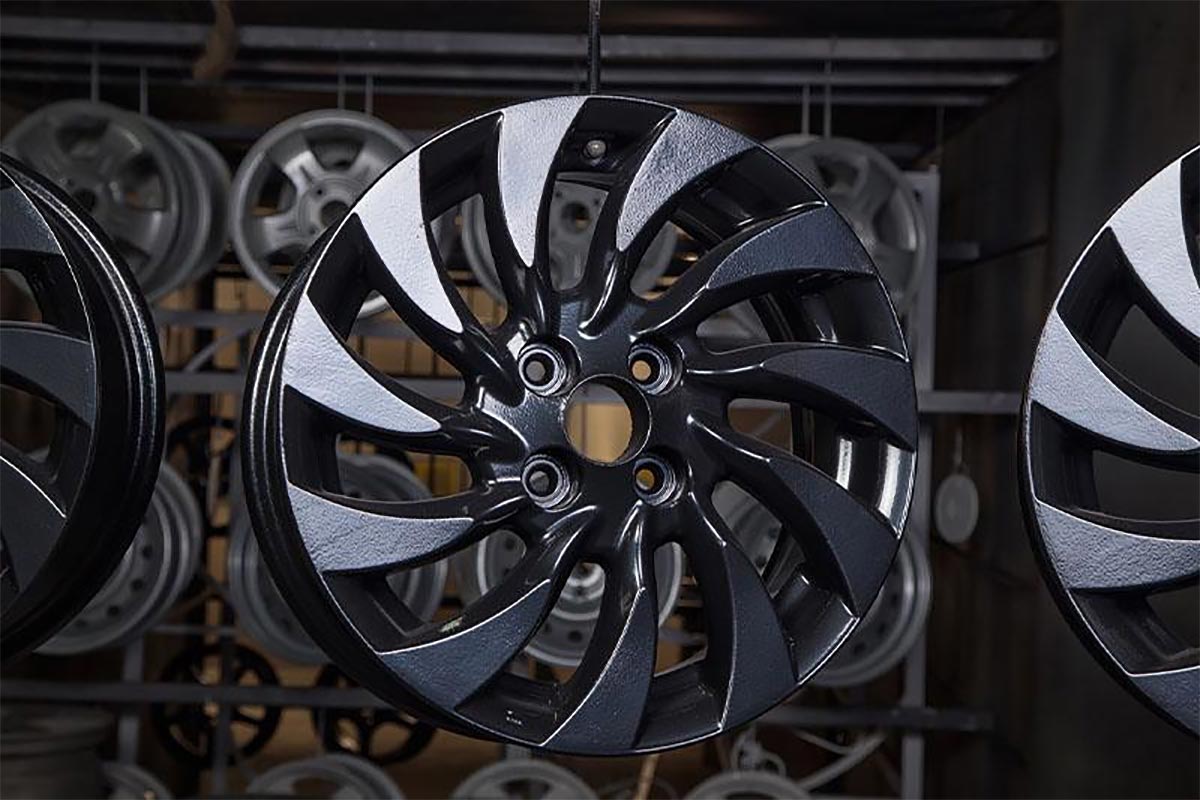Since it was introduced in the 1960’s powder coating has become a very popular choice when it comes to dry finishing processes. It is something that is used in a very extensive range of products. Powder coating has some excellent benefits, such as being very straightforward to apply and providing a cost-effective finishing solution for business and personal usage alike. And the overall result is a high-quality, durable finish.
How it is Made
The process for making powder coating is not too much of a complicated or laborious one. Essentially, the polymer resin is combined with curative pigments, levelling agents and other additives to result in the often-used coating substance.
The ingredients have to be melted, mixed, then cooled and then ground to form a usable powder. The powder needs to be uniform in its texture, otherwise equal application and ease of use would be affected. When it has been successfully created it should resemble baking flour.
Powder Coating Equipment
Powder coating equipment is required for the successful application of the product. Here is how the clever process works. Firstly, a spray gun applies an electrostatic charge to powder particles which become attracted to the grounded part. After this, the parts will enter the curing oven, the purpose of which, through the addition of heat, will cause the coating to chemically react, producing long molecular chains that result in high cross-link density. One of the benefits of these molecular chains is that they can take a lot of resistance to breakdown. There are other types of ways to complete the application of powder coating but this is by far the most common method
Application Processes
One coating method that is widely used is the Electrostatic magnetic brush (EMB). This is a coating method required for flat materials that apply powder with a roller, allowing fairly high speeds and accurate layer thickness between 5 and 100 micrometres.
For the application of the powder coating to a metal substrate, a process called Electrostatic Spray Deposition (ESD) is used. Powder coating does have various ways in which it can be applied and another example of an application would be to non-metallic substrates such as plastics and MDF.
On occasion, you can find powder coating applied during a fluidised bed application which is a process completed by having parts dipped in a hopper of fluidising powder and the coating melts, and then it flows out on the part. Sometimes additional cures may be needed depending on the mass and temperature of the part and the type of powder that is used can also be of influence.
So hopefully you have found it interesting learning a little more about powder coating and how it works to create an effective finish to a vast range of products. The next time you notice a certain painted item you may wonder if it has been powder coated and there is a very strong chance the answer will be a ‘yes’. Powder coating has been popular for a long time and it looks like it will continue to be.


